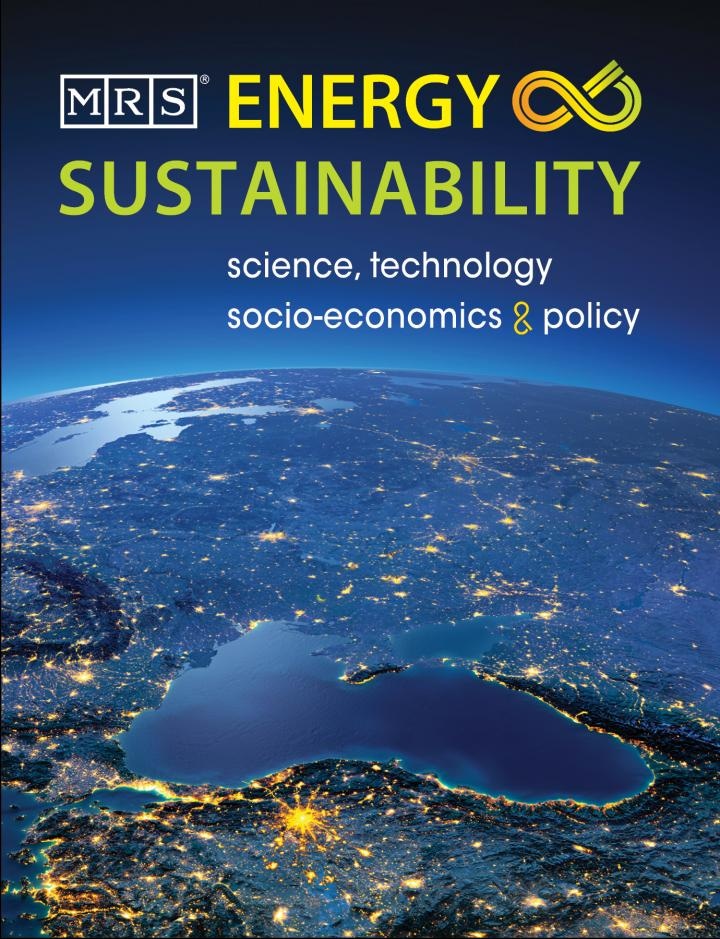Feb 7 2018
With the accelerating quest to unearth energy sources that would substitute the decreasing fossil fuel supplies, hydrogen will probably have a significant role in the years to come.
 As the race to find energy sources continues, hydrogen is likely to play a crucial role in the future. (Image credit: Materials Research Society)
As the race to find energy sources continues, hydrogen is likely to play a crucial role in the future. (Image credit: Materials Research Society)
Japan has hitherto declared its aim to be the first ever “hydrogen society” across the globe- intending to start 35 hydrogen fuelling stations by the year 2020. Japanese car manufacturer Toyota anticipates 30% of its vehicles to run on hydrogen by 2050.
In the latest issue of MRS Energy & Sustainability, collaboratively published by the Materials Research Society and Cambridge University Press, researchers debate that carbon-free, sustainable techniques for the extensive production of hydrogen are a robust way to get ready to face the imminent fossil-fuel free future. At present, hydrogen is being synthesized from natural gas, producing huge quantities of carbon as the byproduct.
Due to the fact that water is the sole source of hydrogen on Earth and sunlight is the most bountiful source of energy, experts across the globe debate that solar-operated disintegration of water might become the method of choice in the latter half of the 21st century - tapping sunlight to synthesize hydrogen from water.
Yet, the authors of three distinct papers concentrating on the prospects of hydrogen propose that considerable research endeavors and advancements are desperately required to assist in synthesizing hydrogen on an acceptable industrial level that is best suited for this century and later.
Roel van de Krol at the Institute for Solar Fuels in Berlin and Bruce Parkinson at the University of Wyoming have proposed that the prevalent synthesis processes for hydrogen by applying wind-powered electrolysis and photovoltaics will probably rule the roost for the following few decades. However, they express that the subsequent logical stage would be to combine catalysis and light absorption in “direct” photoelectrolysis courses. They contend that this will provide various benefits, such as enhanced heat management and lower densities.
As discussed in her paper, Katherine Ayers at Proton OnSite in Connecticut acknowledges that imminent action is required. She notes that the actualities of product development schedules mandate that prevalent commercial techniques such as low-temperature electrolysis must satisfy larger part of our demands for at least the next two decades. Yet, to speed up the impact of basic studies in long-term techniques, an enhanced partnership between scientists across government, academic, and industry sectors is mandatory to inform fundamental studies and also to influence technological advancements that will assist in finding solutions to Earth’s imminent fuel supply shortages.
Finally, Artur Braun at the Swiss Materials Research Institute, EMPA, has demonstrated that science can always astonish us, even in fields where individuals think that they have the knowledge of everything to be known. He has collaborated with co-author Qianli Chen to offer us a glance into their paper related to an exceptional discovery about the way protons, or hydrogen ions, can progress through solids - a prospective advancement for the hydrogen economy in future.